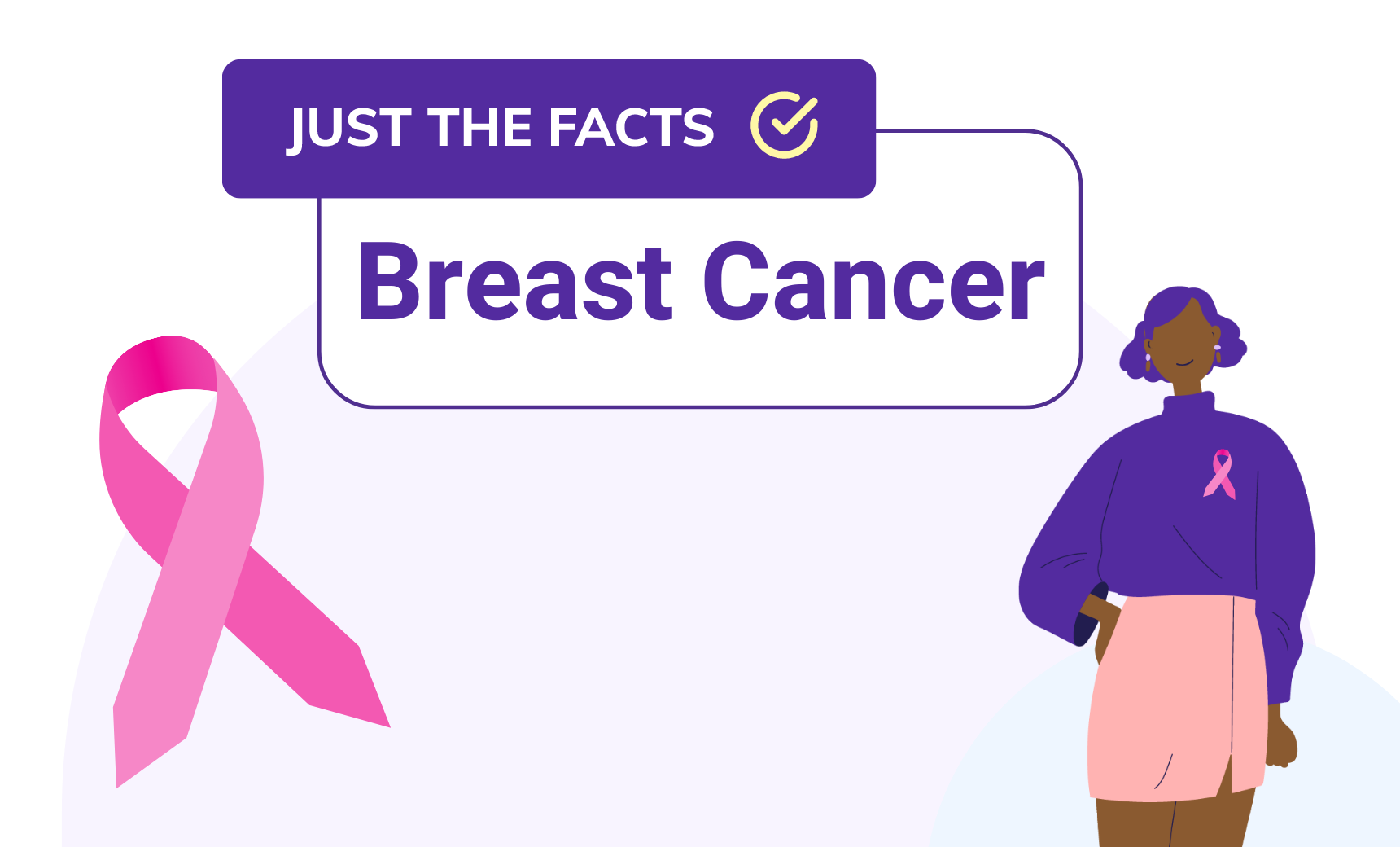
3 Medical Marketing Mistakes To Avoid
Want to market your practice effectively? These common mistakes can derail your efforts.
What do you think of when you hear the word “marketing”? You might think of ads or social media but, in practice, it is so much more. Marketing is about connecting your business with the right person, at the right time, with the right message, across a wide variety of platforms.
For medical practices, this means connecting with patients at the right points in that individual’s journey, connecting with them as a patient, and guiding them to improved health outcomes. Although this seems like a basic concept, this may not be as easy as it sounds. Knowing what not to do is half the battle, and here are 3 major medical marketing mistakes you don’t want to make.
1. Using the wrong channels or “one-size-fits all” communications
In our digital world, breaking through the constant noise of daily life can be a challenge. Consumers see between 4,000 and 10,000 ads from different brands per day. That’s a lot of information being thrown at them.For a healthcare provider, failing to connect with customers can have major consequences for both your practice and a patient’s health. You need a marketing strategy that effectively communicates around these distractions to ensure you reach the people who need you. This is where finding the right channel of communication is essential for connecting with each and every customer.
Casting your digital net is an art in itself. Having an optimized website (more on that later) and a social media presence is a start, but you need to find the right channels so customers can find you. Platforms like Facebook or Twitter offer affordable, flexible ways to advertise your practice online and target specific patient populations.
Review platforms like Yelp and Google Business are also essential, as 72% of patients read online reviews when considering a new healthcare provider. Having a presence on review sites allows potential patients to get an unfiltered, authentic peak into how other patients felt about their experience with your practice, giving them peace of mind and a sense of power over their healthcare choices. Beyond Yelp and Google, sites like LabFinder allow patients to leave reviews and find essential information about testing centers, such as accepted insurance and services provided.
In addition to having an online presence, patients expect online tools as well as easy access to their health information. Having a variety of options for patients to schedule appointments, receive appointment reminders, and access their test results increases the likelihood of patients choose your practice for their healthcare needs and adhere to care guidance.
Maintaining this connection goes beyond standard care communications. Regular updates about flu shots and other seasonal health information should also be shared through the optimal channels to ensure it reaches the patient. Meeting the patient how they prefer to be found increases the likelihood of them taking the next step in their patient journey with your practice.
2. Getting lost in the sea of search – not optimizing for SEO
Connecting with customers goes beyond reaching current patients—you also need a strategy to reach new patients to help your business grow.
To be found on Google, Yahoo, or any other search engine, you need to optimize your site.The most important step is identifying your target keywords and incorporating them across your site. You want to prioritize specific, high-quality keywords that will help to increase your search ranking for queries related to your services.
Optimizing for local search is essential for any medical practice. For the most part, you serve consumers in your direct community. This means optimizing for “near me” searches; so when a patient in your area Googles “blood tests near me,” your lab is one of the first to pop up—and being at the top of that search engine results page (SERP) is huge. The top 3 results on a SERP get over 50% of all clicks—the lower you are on the page, the higher the likelihood you’ll never be seen.
But it’s not just about having the right keywords. Google ranks sites based on their expertise, authoritativeness, and trustworthiness (known as E-A-T). EAT was introduced to help prioritize high-quality content and improve SERP result quality. Focusing on the reputation of the publisher, your site is ranked based on its reputation and the reliability of the content on your site.
For a deeper dive into this, check out this in-depth SEO guide for medical practices to learn more about optimizing your site for search.
3. Not speaking like a human – too much medical jargon
As medical professionals, it can sometimes be easy to forget that not everyone speaks our language fluently. Once you do successfully connect with a patient, you need to make sure they actually understand what you’re trying to tell them. Using too much jargon in your communications or on your website runs the risk of confusing or overwhelming a patient, preventing them from taking the necessary next steps.
Medical appointments are already scary and overwhelming to many people, so removing another barrier of confusion is an essential step in the right direction. Always try to speak simply and directly in any patient-facing communications. That means any time you send out a reminder for an appointment or treatment, you are clearly and plainly communicating the patient’s next steps and what is to be expected. When sharing test results, make sure the patient is able to understand any shorthand or abbreviations used in the results. And of course, make sure there is an open line of communication, so if a patient is confused, they know exactly where to reach out.
When writing messages to patients, it may be helpful to imagine specific patients you’ve encountered—perhaps an elderly patient with myriad health issues, a young adult new to the medical system, or a busy parent who doesn’t have time to decipher confusing language. How can you talk to them in easy-to-understand terms to meet them where they’re at?
Medical marketing hacks
Looking to quickly and easily improve your patient experience and improve your online visibility? LabFinder’s white-label platform has connected over 1 million patients with test centers across the US, helping patients find and instantly book appointments 24/7. If your business isn’t on LabFinder, you may be missing out on patients with intent seeking medical tests and imaging.
Learn more about our test center solutions or schedule a quick, free demo.





LabFinder Editorial Team
The LabFinder Editorial Team is behind The Illuminator and The Insider, LabFinder’s consumer and business blogs.
Dr.Robert Segal
Dr. Segal is CEO and co-founder of LabFinder, as well as a board-certified cardiologist. He began practicing medicine in 2002 and has founded several businesses, including Medical Offices of Manhattan and Manhattan Cardiology.